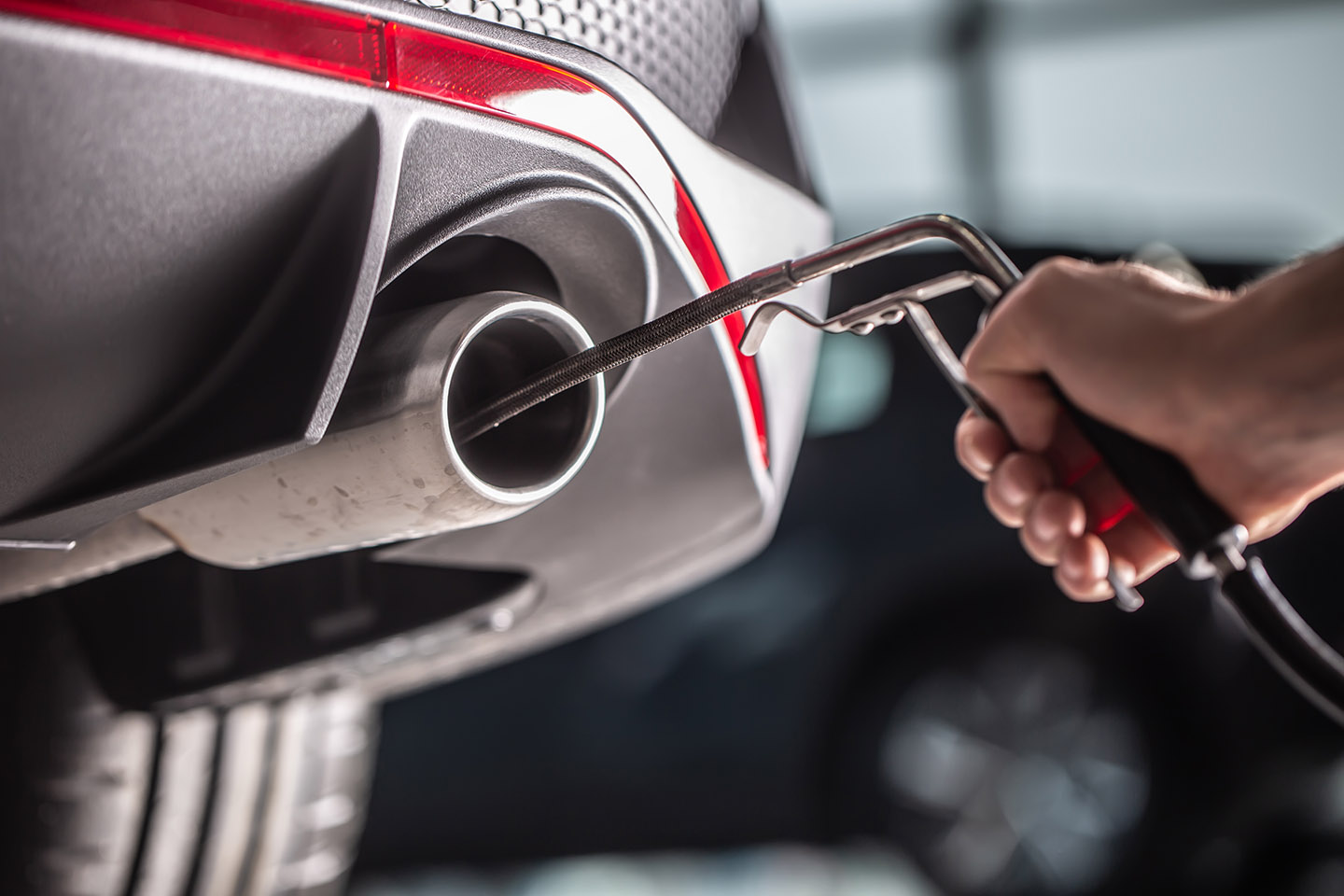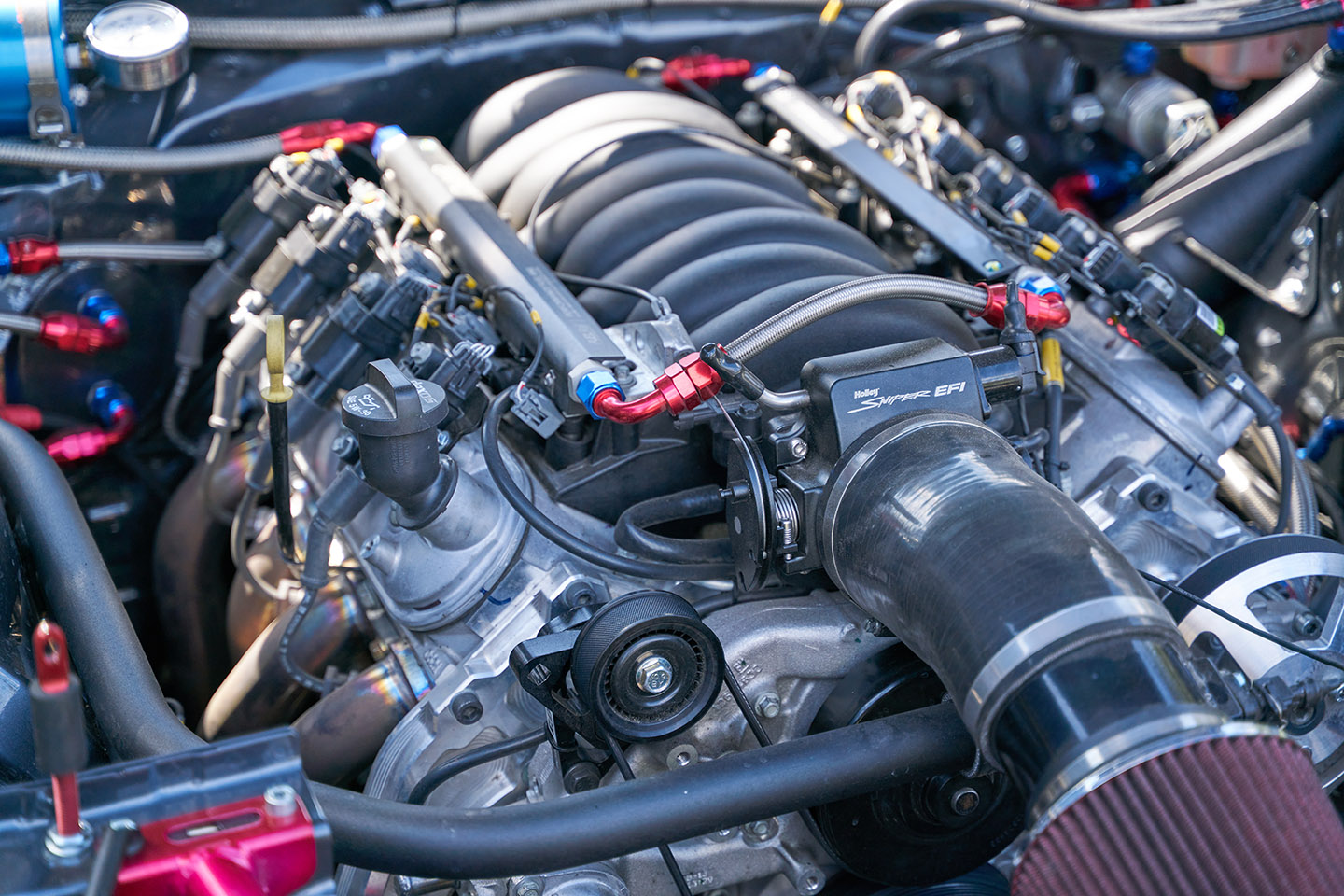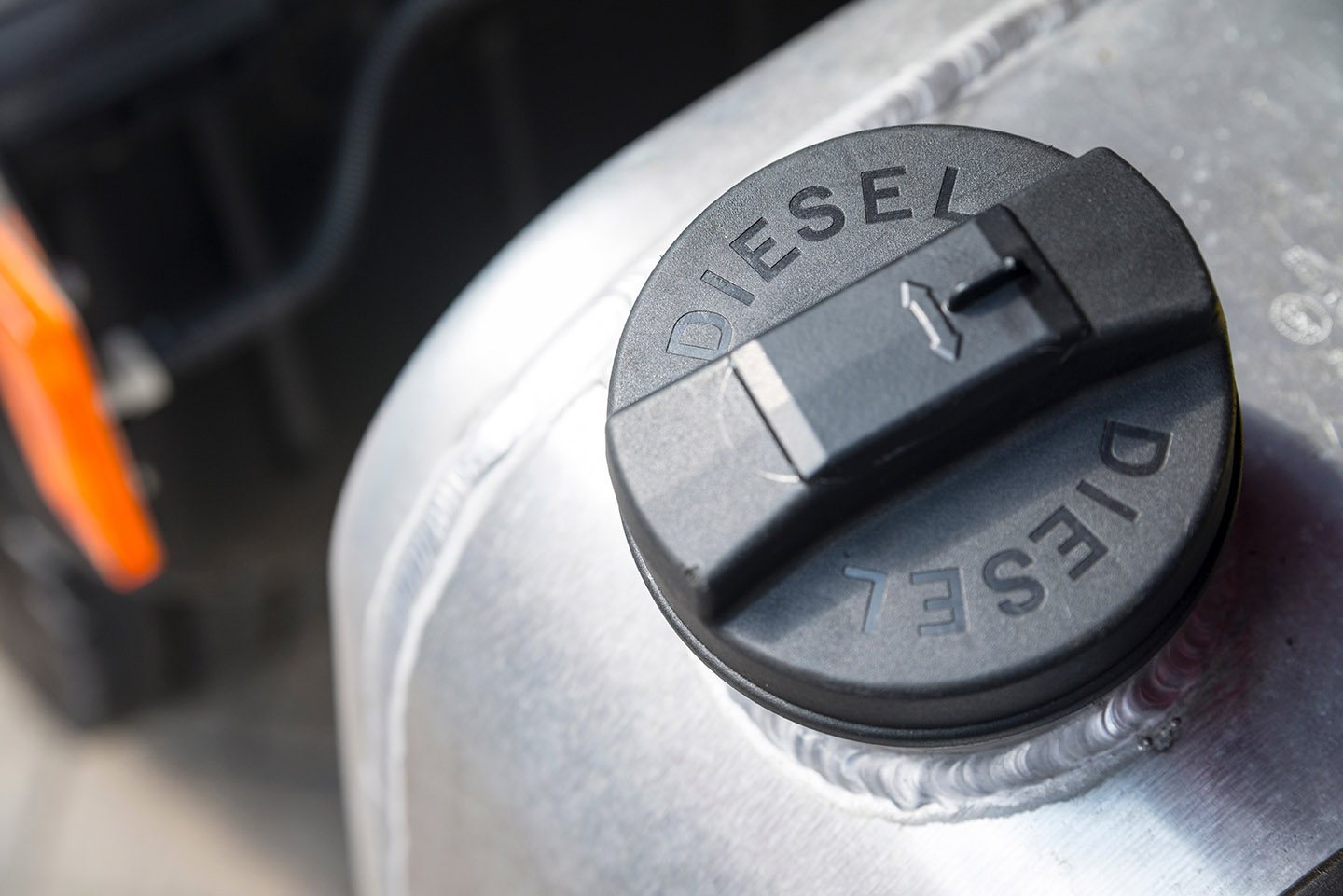Symptoms of a Failing Powerstroke 6.0 EBP (Exhaust Back Pressure) Sensor
May 4th 2022

The exhaust back pressure (EBP) sensor is a powerful piece of technology that helps your diesel engine run as efficiently as possible. It monitors the pressure of the exhaust gas as it moves through the exhaust system to make sure there is enough “back pressure” to expel the exhaust gasses naturally into the atmosphere. If the exhaust pressure drops dramatically, the engine will need to increase power to build enough pressure to complete the process. This leads to poor fuel efficacy and hotter exhaust temperatures that can damage your diesel parts. If your EBP sensor is failing, you’re bound to notice a few issues behind the wheel. The sensor on the Powerstroke 6.0 tends to be particularly problematic. Use this guide to learn about the symptoms of a failing EBP sensor and what you can do to fix the issue.
What Happens When the EBP Sensor Fails on the Powerstroke 6.0?
Like many diesel engines, the Powerstroke 6.0 uses what’s known as exhaust gas recirculation (EGR) to reduce NOx emissions that reduce air quality and create pollution. The exhaust gas will travel through the exhaust system several times to limit emissions. Every time the exhaust gas gets recirculated, it passes through the diesel particulate filter (DPF) and the EGR cooler, which reduces the temperature of the exhaust gas.

The exhaust pressure will likely change during this process. If there isn’t enough back pressure to release the exhaust gases through the exhaust, the EBP sensor will send a signal to the engine control unit to increase engine speed. This forces more air and fuel through the combustion chamber to increase exhaust back pressure. Adding pressure also increases the temperature of the exhaust gas, which forces the EGR cooler to work that much harder. If the exhaust gas stays hot, it will damage the various parts and components of your engine, which means you will need to replace your diesel parts that much more often.
If the EBP sensor fails to communicate with the ECU, the engine won’t create enough pressure to expel the exhaust gases into the atmosphere. The sensor may also force the engine into overtime as your vehicle burns more fuel than necessary to power the engine.
Find New IPR Valves to Maintain Fuel Pressure
5 Signs You Need to Replace Your EBP Sensor:

- Sudden Loss of Power or Fuel Efficiency
If the engine can’t expel the exhaust gas due to atmospheric pressure, the engine may suddenly lose power and fuel efficacy. It may even stall. The sensor may send inaccurate signals to the ECU, forcing the engine to burn through fuel at a faster rate.
- Overheating
The sensor will force your engine to run hot if the engine needs to produce more power to expel the exhaust gases. This can lead to overheating issues and increased wear and tear. Your may also notice your EGR cooler isn’t working, or you are running through coolant faster than you’re used to.
- Excess Soot and Burning Smells
Exhaust back pressure will build inside the engine if there is too much soot in the diesel particulate filter. This prevents the exhaust from dispelling the exhaust gases. All that extra soot and dirt will start to burn inside the DPF, which leads to a potent smell that’s sure to get your attention.
- Engine Failure
You may lose power all together if there is too much back pressure in the exhaust system. The lack of circulation will suffocate the engine, bringing it to a sudden halt.
- Blow Pipes or Connectors
The pipes that transport the exhaust gas may also succumb to increased back pressure if the system can’t dispel these gases naturally through the atmosphere. The pipes could burst, and the connectors could leak, which will damage the other components of your engine.
Check your EBP sensor regularly to make sure it’s working properly. Watch out for these warning signs and replace your broken EBP sensor right away before the problem gets worse.
